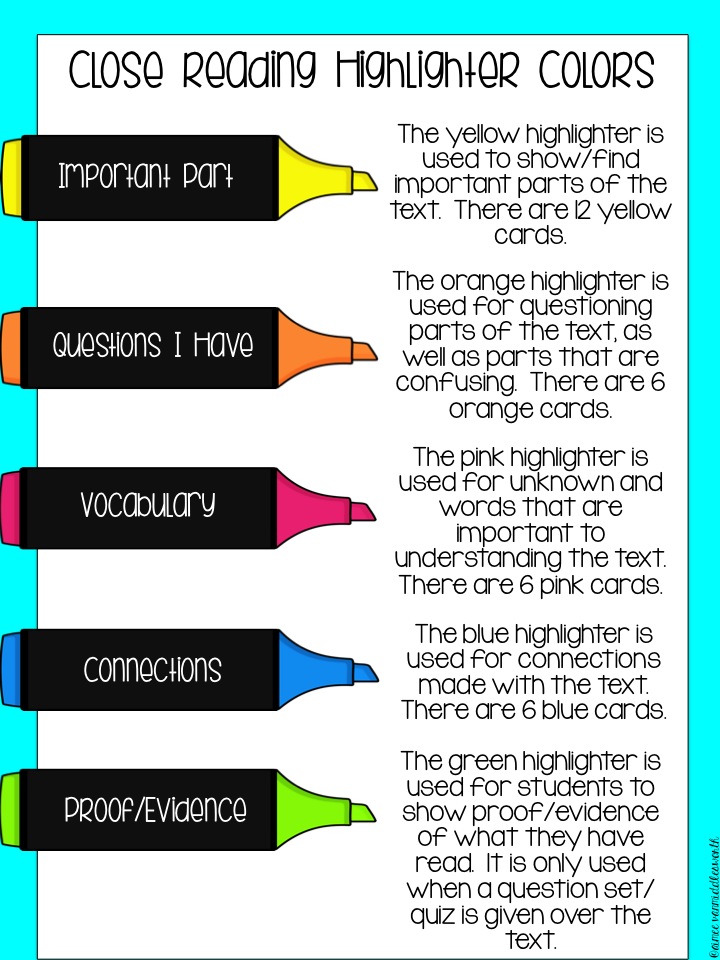Unlocking Insights: The Power of Sticky Notes for Book Annotation
Imagine embarking on a literary adventure armed with more than just your imagination – envision a world where vibrant sticky notes pepper the pages, transforming your books into interactive landscapes of thought. This isn't a scene from a quirky indie film; it's the reality of avid readers who've embraced the power of sticky notes for book annotation.
For many, books are more than just objects containing words; they're portals to new worlds, treasure chests overflowing with knowledge, and confidantes whispering wisdom. But how do we hold onto those fleeting moments of brilliance, those insightful observations that strike us mid-sentence? How do we engage in a dialogue with the author and truly make a text our own? Enter: the humble sticky note.
This seemingly simple tool, often relegated to grocery lists and reminders, transforms into a powerful weapon in the hands of a reader. With a rainbow of colors and a small adhesive strip, sticky notes offer a flexible, non-intrusive method for annotating your books. Forget dog-eared pages and frantic underlining; sticky notes provide a designated space for your thoughts, questions, and epiphanies without causing any permanent damage to the book itself.
The beauty of this method lies in its simplicity. No complex systems, no special pens required – just your thoughts, a pad of sticky notes, and a willingness to engage with the text on a deeper level. Whether you're a student grappling with complex theories, a professional seeking inspiration, or a casual reader wanting to enhance your comprehension, sticky notes offer an accessible and effective method for unlocking the full potential of your reading experience.
But it's not just about jotting down notes haphazardly. The real magic happens when you approach sticky note annotation strategically, using different colors to categorize your thoughts, employing concise language to capture the essence of your ideas, and strategically placing them to create a visual map of your intellectual journey through the book.
Advantages and Disadvantages of Using Sticky Notes for Book Annotation
| Advantages | Disadvantages |
|---|---|
|
|
Best Practices for Sticky Note Annotation
Here are some tips for maximizing your sticky note annotation experience:
- Color-Code Your Thoughts: Develop a color-coding system for your sticky notes. For instance, use yellow for key takeaways, pink for questions, green for vocabulary words, and blue for personal connections.
- Keep it Concise: Sticky notes have limited space, so prioritize clear and concise language. Use abbreviations, bullet points, and mind maps to condense your ideas.
- Strategic Placement: Place sticky notes strategically to mark specific passages, paragraphs, or even individual sentences that resonated with you.
- Engage in Dialogue: Don't just summarize; engage in a dialogue with the author. Jot down your thoughts, disagreements, and questions directly onto the sticky note.
- Review and Reflect: After finishing a book, take time to review your sticky notes. This will help solidify your understanding and uncover new connections within the text.
Frequently Asked Questions about Sticky Note Annotation
1. What kind of sticky notes are best?
Removable sticky notes are ideal to avoid damaging your books. Look for options with strong adhesive but can be peeled off without tearing the page. Smaller sizes are often preferable for fitting within margins.
2. Can I use sticky notes for any type of book?
Absolutely! Whether you're reading fiction, non-fiction, textbooks, or poetry, sticky notes can enhance your engagement and comprehension.
3. What if I need to write more extensive notes?
For lengthier notes, you can use larger sticky notes or create a separate notebook dedicated to your book annotations, cross-referencing the page numbers.
4. Are there any alternative methods to sticky note annotation?
Yes, some alternatives include writing directly in the book (if you own it), using book darts or page flags, or utilizing digital annotation tools on e-readers or tablets.
5. How do I keep my sticky notes organized?
Consider using different colored sticky notes for various purposes. You can also create a legend at the beginning or end of your book to track your color-coding system.
6. Is it okay to use different colored pens on sticky notes?
Absolutely! Using colored pens can further enhance your organization and visual cues within your annotations.
7. How can I make sure my sticky notes don't fall out?
Opt for high-quality sticky notes with strong adhesive. Additionally, avoid placing sticky notes too close to the edge of the page where they might get bent or snagged.
8. Can I share my sticky note annotations with others?
Yes, you can photograph your annotated pages or transcribe your notes to share your insights and spark discussions with fellow readers.
Sticky notes, though seemingly simple, have the power to revolutionize your reading experience. By providing a space for active engagement, thoughtful reflection, and organized note-taking, sticky notes can transform your books from passive objects into interactive tools for learning, growth, and discovery. So, the next time you crack open a new book, don't forget to grab your trusty pad of sticky notes – you never know what hidden gems and profound insights you might uncover.
Unleash your inner artist mastering sharpie paint pens
Unlocking fluency mastering the art of speaking like a native
Decoding white spots on lower legs














